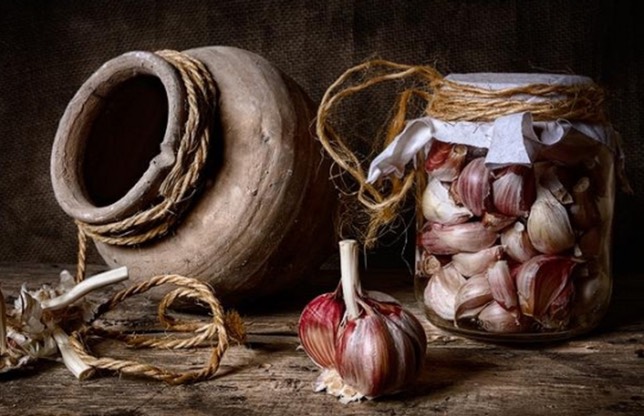In the year 1997 Saint Andrew was proclaimed the “Protector of Romania”.
Saint Andrew’s Day marks the beginning of winter and according to popular belief, is the moment in which dark and maleficent forces unleash upon Earth, represented by werewolves and vampires.
This night (29th-30th November) is one strongly marked by sacred, supernatural and mystical manifestations, whom bring devastating effects upon the ones who do not strictly obey to popular customs and rituals, reasons for which St. Andrew’s night can be easily assimilated to the more occidental Halloween legend.
In the Romanian traditional culture, spirits of the dead get out of their graves and start fighting themselves on borders, crossroads and other unholy places, using tools stolen from people’s households. This fight lasts till daybreak when the sun purifies Earth and all bad spirits go to where they came from. These kinds of creatures and manifestations are bad for all people because they affect the fertility of the land, agricultural cultures, bring diseases and a lot of bad luck. To counter the effects of these unrestful spirits, various rituals are fulfilled, involving salt, poppy, hemp, basil, incense and, of course, a lot of garlic.
The miracle properties of garlic are spoken of in almost all rituals and superstitions from the popular Romanian believes. On the night of St. Andrew’s, garlic is used both for the protection of humans and their homes as well as for unwedded women who want to foresee their future husband:
“The guarding of the garlic” is an ancient ritual that takes place at night, where young people party, having in the center of the table a few cloves of garlic surrounded by incense and lit candles. In the morning, they come outside and around the garlic, then they share it between them. The garlic is then brought to church, then kept under the icon to be later used in love charms and healing rituals.
In order to determine the future, unmarried girls knee a ring of dough in the middle of which they put a clove of garlic. This dough is then left for a week in a warm place. If the garlic sprouts, the girl is lucky.
Girls who want to see their future husband, prepare the “Dough of Indrei”, made of water, flour and salt in equal amounts, measured in a nutshell. Girls who ate of this mixture are supposed to dream their future husband. Also, to learn about their marriage, there are often used charms that include mirrors, candles or basil placed under the pillow.
On this holy day, people do not work in the household, they do not swipe nor sew, because St. Andrew’s Day represents the beginning of winter and people want to have fortune throughout the coming year. To find out about the fortune and the fertility of the fields, wheat is sown in a bowl, and if the wheat grows green and beautiful, the year will be wealthy.
Right after, on 1st of December we celebrate the Great Union Day, marking the unification of Transylvania, Bessarabia, and Bukovina with the Romanian Kingdom in 1918. This day will be dedicated to the military parades. One of the most expected, beloved and exciting events taking place on December 1st has to be the festive lighting of Bucharest and the opening of Christmas Market. So make sure you don’t miss the official start off the winter holiday season! What to expect? Millions of colourful LED lights, authentic Christmas decorations, lots of carols and shows, mouth-watering traditional goodies and meeting no other than the ho-ho-ho jolly Santa and some other fairytale characters. You can have a lot of fun enjoying the concerts, drinking our not-to-be-missed mulled wine and even buying some one of kind traditional souvenirs. See you in the City Centre.
Celebrating Christmas the Romanian way: traditions and special dishes
In Romania, Christmas is about a lot more than decorating the Christmas trees and offering gifts. The country is well known for its numerous traditions and superstitions around orthodox holidays, and Christmas makes no exception.
One of the most popular Christmas traditions is caroling. Although traditions vary depending on the area, the ritual of going from house to house and singing carols has survived in most of the country, despite the variations in songs, costumes and rewards for carolers.
